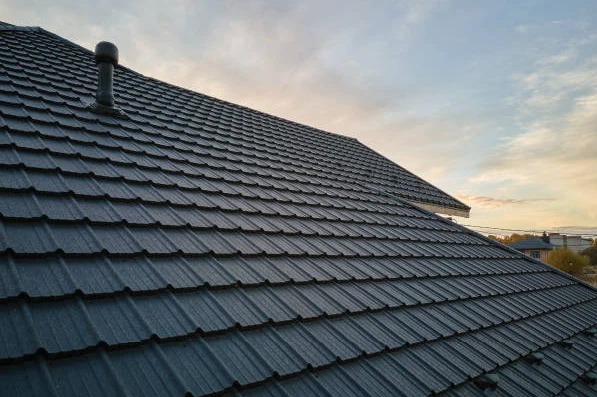
When the sun is shining and the weather is warm, summer seems like the perfect time to replace a roof. The season offers clear skies, fewer weather delays, and longer days for contractors to work. But while summer is popular for roofing projects, it isn’t always the ideal choice for every homeowner. The truth is, summer brings unique advantages and challenges. Understanding both sides of the equation will help you decide if this is the right time to tackle your next roofing project.
Why Summer Works Well for Roofing
There are good reasons why many contractors book up quickly once summer arrives:
- Predictable weather: Summer has fewer rain days, reducing delays and allowing projects to finish on time.
- Longer daylight hours: More working time means jobs can be completed faster.
- Ideal temperatures for shingles: Warm weather makes asphalt shingles more pliable, ensuring they seal properly.
- Convenience: Families often schedule vacations or time off, making it easier to accommodate large projects.
These factors make summer one of the most efficient seasons for roofing projects, especially in regions with harsh winters.
The Downside of Summer Roof Work
However, summer roofing isn’t without its challenges. Some drawbacks include:
- Extreme heat: High temperatures can make attic spaces unbearable and even cause shingles to become too soft during installation.
- Busy schedules: Contractors are often booked solid, making it harder to secure top talent.
- Higher costs: Demand peaks in summer, which can drive up project pricing.
- Worker safety concerns: Heat exhaustion and dehydration are more common during midsummer projects.
For homeowners, this means balancing convenience against potential extra costs and scheduling limitations.
Material Considerations
The season you choose to replace your roof can impact how well materials perform. For instance, premium options like Owens Corning Designer Shingles are built to handle extreme conditions, but installation quality still depends on the weather. In very high heat, shingles may seal too quickly, making adjustments difficult. In cooler summer months, they adhere properly while still giving contractors flexibility during installation.
Alternatives to Summer
If summer isn’t the right time for your project, other seasons offer their own advantages:
- Spring: Mild weather makes for comfortable installations, though rain can cause delays.
- Fall: Often considered the “sweet spot,” fall combines cooler temperatures with stable conditions.
- Winter: Possible in some climates with proper materials, but cold weather can make shingles brittle and harder to install.
Ultimately, the best time depends on your climate, contractor availability, and how urgent the replacement is.
Planning Ahead Pays Off
Because summer is so popular, homeowners benefit from planning months in advance. Early scheduling ensures you get your preferred contractor and locks in pricing before seasonal demand spikes. Last-minute bookings in midsummer often lead to longer wait times or higher costs.
How to Decide If Summer Is Right for You
Ask yourself these questions before committing:
- Is your roof showing urgent signs of failure?
- Are you prepared for potentially higher costs due to peak demand?
- Can you schedule early enough to secure a reputable contractor?
- Are the summer temperatures in your region manageable for roofing work?
If the answers align, summer can be an excellent choice. If not, consider spring or fall for a more cost-effective timeline.
Looking at the Bigger Picture
A roof replacement is one of the biggest investments you’ll make in your home, and timing matters—but not as much as quality materials and expert installation. Whether you choose summer or another season, what matters most is hiring a skilled contractor and selecting durable materials like Owens Corning Designer Shingles that deliver long-term performance. With the right planning, your roof replacement will protect your home for decades, regardless of when it’s installed.
